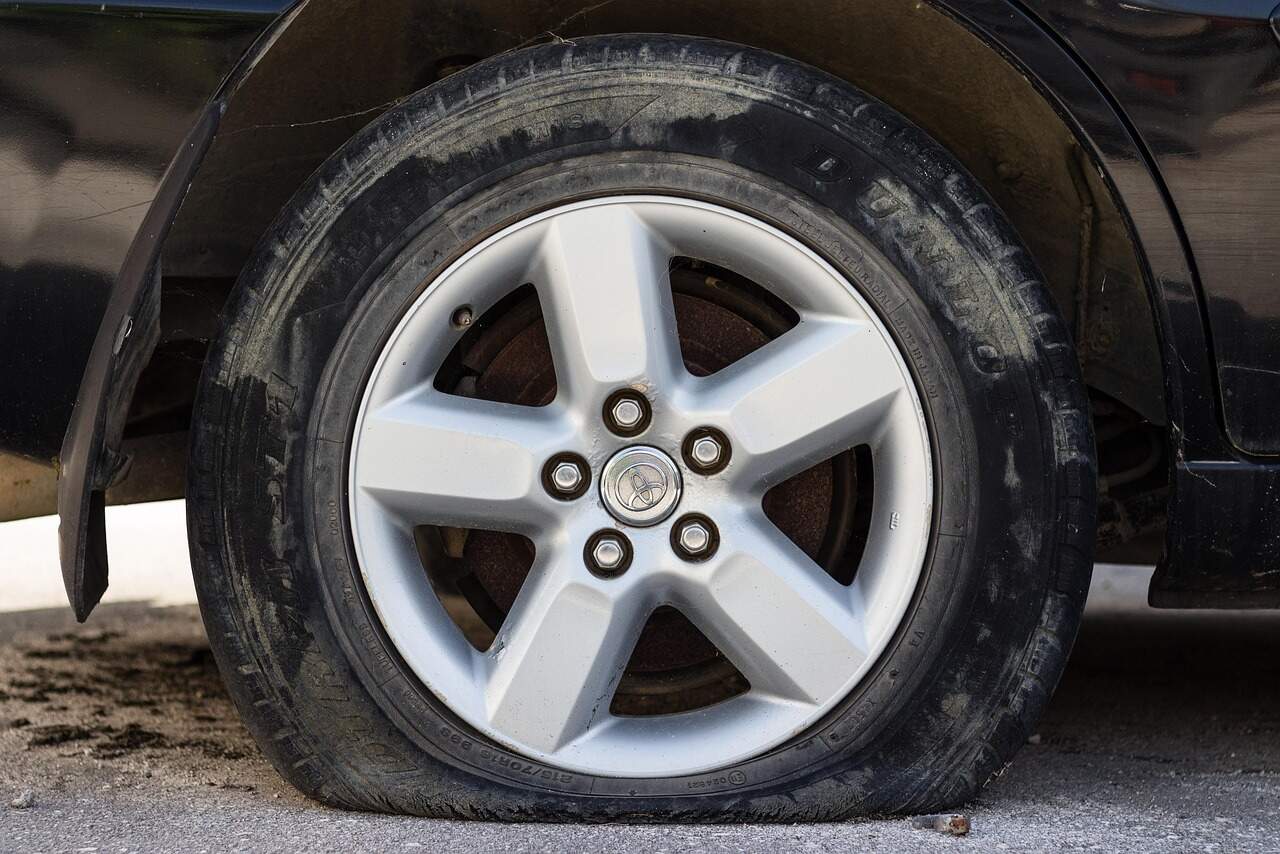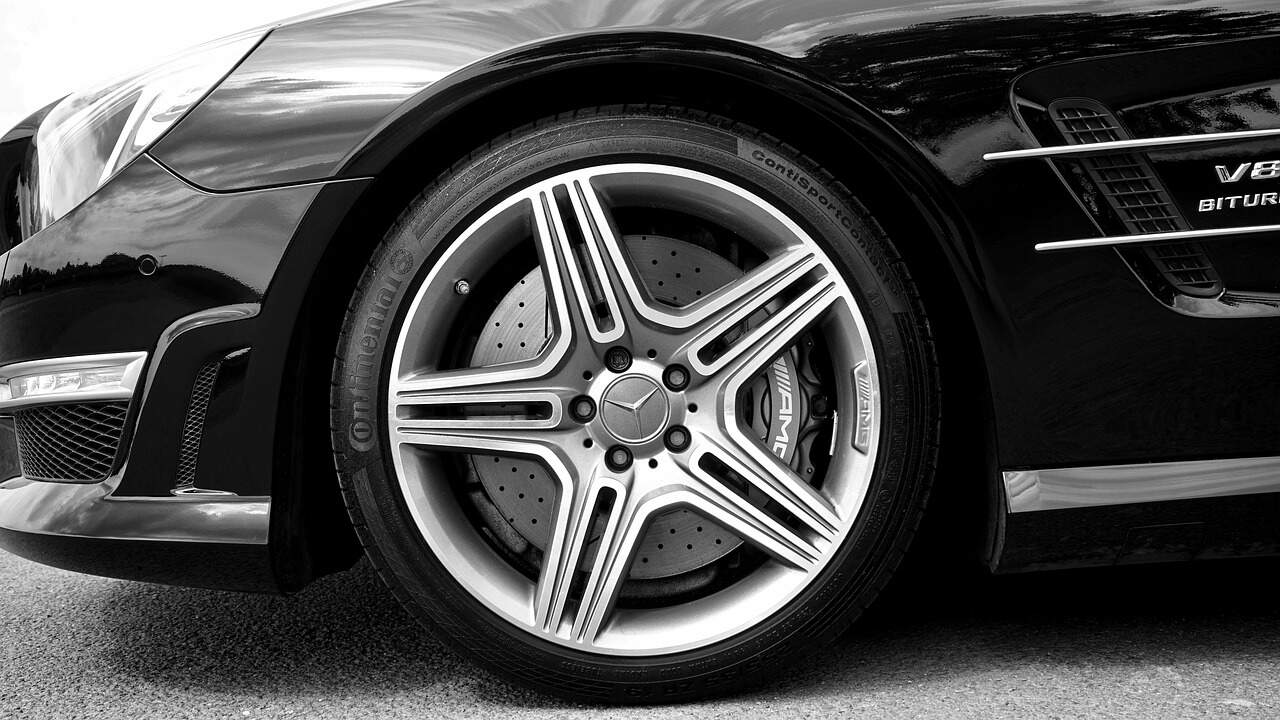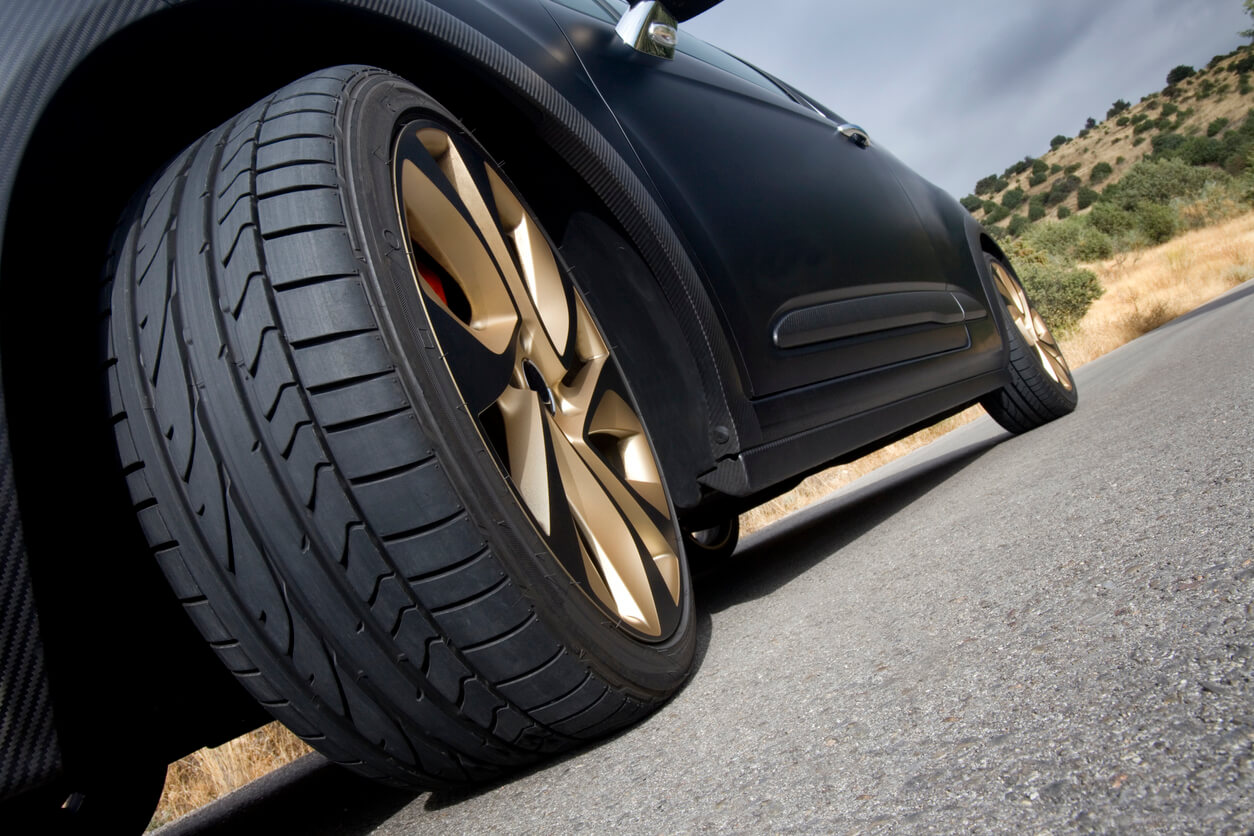Summer is a great time to be out doing things, get away from it all and take the kids away on a trip. Every school holiday or seasonal event, we see extra road users on our roads, and with that, more accidents, both minor and serious.
A huge component of driving safely is being alert and responsive to changing conditions and other road users.Fatigue and distractions can negatively impact on your decision making ability to effectively do so.
We’re going to start this article off with some of the more niche recommendations.
Clean your car
Clean your windscreen before attempting any long drives. Over extended periods of driving, you can develop mild to moderate eye strain trying to look through a dirty and smeary windscreen, while clearer glass results in less effort being needed to retain the same level of visual acuity.
While you’re doing your windscreen, do your side mirrors and side glass, too.
If you’re anticipating damp or rainy weather, put a new pair of windscreen wipers on as well as some kind of water-repellent coating.
Get comfortable
A big part of avoiding fatigue is to make sure you’re comfortable. If you’re expending energy and effort holding yourself in a certain way, you’re going to tire much faster than if you’re relaxing. It doesn’t take much effort to get comfortable and much can be done with some minor pre-planning
Seating position
A huge component of driving comfort can be had by properly adjusting your seat and steering wheel. Unless you’re extremely tall (or short) most vehicles can be adjusted to suit your size.
The ideal seating position is where your leg can comfortably reach the footrest (or dead pedal, as they used to be called) without moving your hips around in the chair. Seat height should be adjusted so that your head isn’t touching the roof, but you’re high enough for great visibility out of the windows.
Steering wheel adjustment
Many vehicles come with both height adjustment and telescopic adjustment for the steering wheel. Generally, adjust the height so it’s as low as it can go where the wheel isn’t touching your legs, and where you can see the whole instrument cluster.
For telescoping steering wheels, put your shoulders back against your chair and stretch your arms out straight, when you can place your wrists on the top of your steering wheel you know the wheel is at roughly the right place. If your forearms can touch the wheel, you’re much too close and at risk of serious injury, should the airbag go off in an accident.
Adjusting mirrors
Ensuring your side mirrors and rear view mirror are correctly adjusted is absolutely essential for long drives. If you can see your own vehicle in your side mirrors, they’re not adjusted correctly, leading to bigger blind spots, and more head movements to cover all your angles.
A properly adjusted side mirror should only reveal part of your vehicle once you move your head to that side of the vehicle.

Take Regular Breaks
There are many studies and government campaigns that recommend driving breaks, and that’s for a good reason. Concentrating on driving, while not a physical effort, takes a lot of energy.
Many experts recommend roughly 15 minutes of break time for every 2 hours of driving. Use this opportunity to use a rest stop, stretch your arms and legs, walk around the car to check your tyres (and trailer if you’re towing), have a drink of water or a snack.
Coffee, energy drinks and high-sugar fruit juice are all temporary energy boosters. Sooner or later, you’re going to have a lull in energy, think of it as borrowing energy from later to use now.
Fresh air
Running the climate control in your car sure is nice, but remember to periodically allow outside air in to change out the circulated air, even going so far as to wind the windows down from time to time to avoid the car getting stuffy.
Realistically, even the most modern and luxurious vehicles aren’t airtight enough to actually run out of air and suffocate, but the rush of wind or change in temperature can help give you a bit of extra pep.
A quick note about air quality, if you suspect your vehicle has a leaky or damaged exhaust system, get it looked at as soon as possible. A leaky exhaust could potentially allow carbon monoxide gasses into the cabin, leading to incredibly dangerous CO poisoning.
Avoiding Fatigue
No matter how much you pre-plan or heed advice, avoiding fatigue through any of these steps only delays the onset of symptoms.
Driving a vehicle is a reasonably complex task that requires hand-eye coordination, forward-thinking and planning, as well as paying attention to visual and auditory events and reacting appropriately.
The only sure-fire way to remove all fatigue effects is to get proper rest. Try and rest up the night before you attempt a long drive.
Drive safe these Holidays!



























